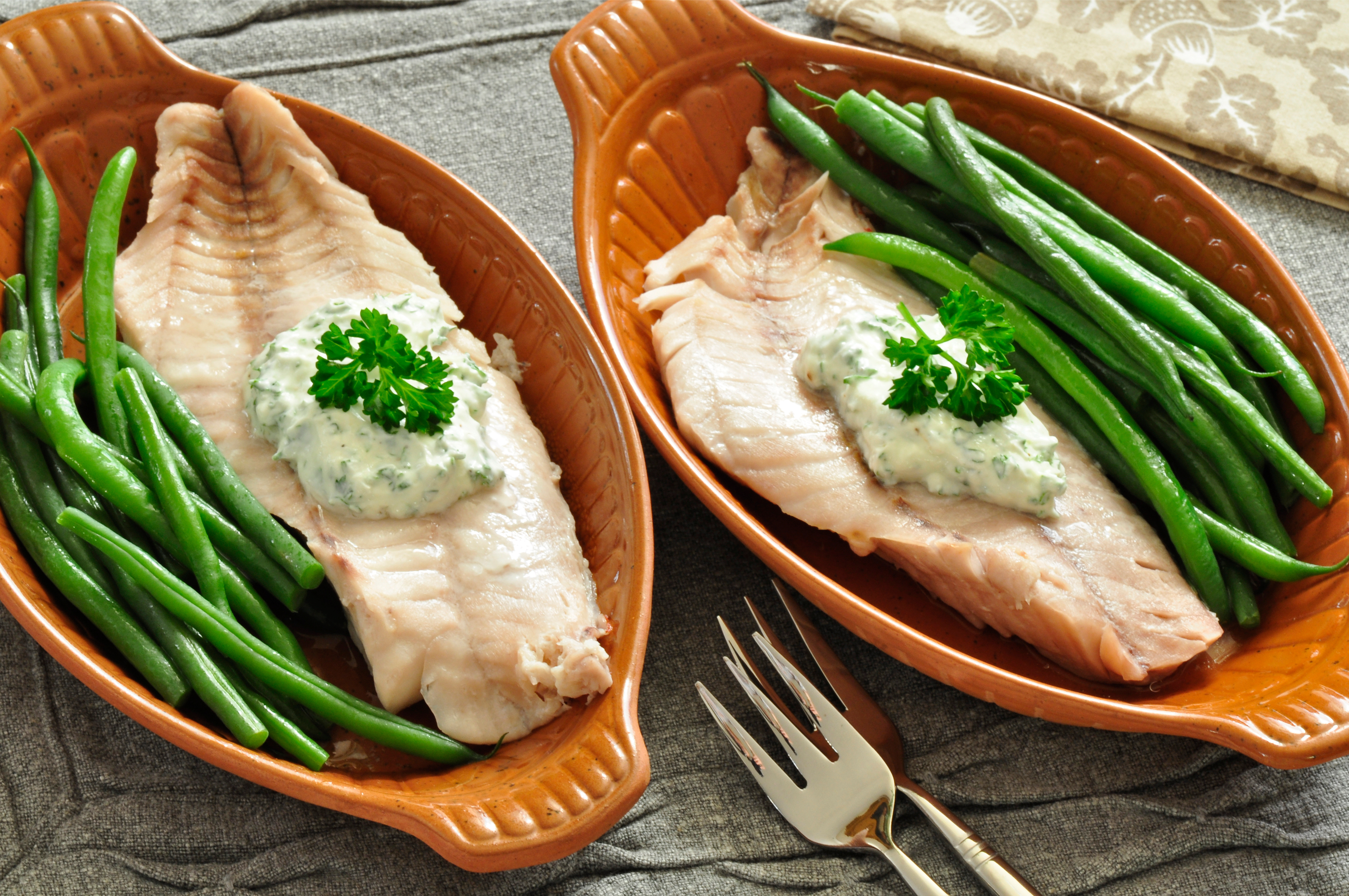
Gardening isn't just about growing fruits and veggies. To enhance your cooking, you can also grow herbs. Imagine being able to pick fresh herbs that add amazing flavors to your dishes. For instance, our featured food of the month is fish. Herbs like dill, cilantro, parsley, oregano and chives are perfect for seasoning fish. Ahead, we'll show you how to grow and enjoy these and other herbs.
Even if you don’t have much space for gardening, you can probably grow herbs. They do well outdoors, in containers or indoors in a spot that gets sunlight. We’ll talk more about growing herbs indoors later in this blog post.
Choosing and Growing Herbs
There are two main types of plants, perennial and annual. Let’s explore the different types and discuss why some herbs may be better for your garden than others.
Perennial Herbs
Perennial herbs will live for two or more years. Plant them once and enjoy their benefits for seasons to come. Some examples of perennial herbs include oregano, mint, sage, rosemary, chives, thyme and tarragon. These are great options for beginning gardeners because they do not need much maintenance. Perennial herbs can also be amazing for pollinators! Lavender, rosemary and chives all attract lots of bees to the garden.
Here are some quick tips for growing perennial herbs:
- Be sure to plant perennial herbs in a location that will be good for many years. Digging up the plant and moving it to a new location could harm the plant.
- Do not harvest too much from the plant at one time, especially during the first year. Perennial plants spend most of their energy during the first few years developing big root systems. Removing too much from the plant could stress it and slow this development.
- If you want to grow mint, plant it in a container. When planted in raised beds or in the ground, mint can take over the space.
- Learn more about growing perennial herbs here.
Annual Herbs
Annual herbs complete their life cycle in less than one year. These plants produce seeds that you can save for the next season. Sometimes, the seeds survive the winter and may surprise you with new sprouts the following year. Some examples of annual herbs include basil, cilantro, parsley and dill. Annual herbs are great options for beginning gardeners because the seeds they produce can be saved every year, providing free plants! Cilantro seeds can be planted next season or turned into coriander! To learn more about cilantro and saving your seeds, check out our tip sheets here.
Here are some quick tips for growing annual herbs:
- Annual herbs like to bolt! They will try to flower and produce seeds when you still want to harvest the herbs. To prevent bolting in herbs, prune them often. If you want to save the seeds, allow one or two plants to flower.
- Annual herbs are great for succession planting. In this gardening technique, you plant seeds or starts every few weeks. Succession planting allows you to harvest multiple times throughout the season so you have a continuous supply of fresh herbs!
Indoor Gardening
If you grow herbs indoors, you can harvest them right at your windowsill. All herbs can be grown indoors if you can provide the right temperature. Warm-season herbs like basil and cilantro thrive in temperatures above 70 degrees Fahrenheit. They will not do well in a house that gets cold on winter nights. Perennial herbs are great for indoor gardening, but they will eventually get root-bound in the container. To fix this, carefully remove the plant from the container and use scissors or a knife to cut off the bottom 1 inch of roots. Replant in a slightly larger container and give the plant some time before harvesting from it again.
Find more tips on container gardening here.
Saving and Storing Your Herbs
Growing herbs at home can save you money! Fresh herbs from the store can be expensive and they tend to spoil quickly. Learn how to save and store your homegrown herbs here.
Kids and Herbs
Herbs are fun to grow and explore with kids. Kids can help you plant your seeds and starts and take care of your herbs as they grow. Show kids how to gently harvest the leaves for cooking. Invite them to explore the herbs with their senses – touch, smell, sight, and taste. In the kitchen, kids can help rinse herbs before adding them to a meal or snack. Have them identify which herbs they are growing or eating by using our coloring sheet.
From the Garden to the Table: Tasty Fish Recipes with Herbs
Here are some tasty fish recipes to enhance with your homegrown herbs:

- Microwave Steamed Fish: This recipe is a blank slate for any herbs you have on hand. Try different combinations to find the ones you like best.
- Fish Tacos: These fish tacos include cilantro, a delicious companion to the lime, onion and tomato cooked with the fish.
- Sesame Fish and Rice Bowl: You could add chives or substitute them for the green onion. This is another dish that would be great with cilantro.
- Herb-Flavored Water: Make a refreshing glass of herb-flavored water to accompany your meal! Try different combinations of your favorite herbs, veggies, and fruits. Here are some ideas.




